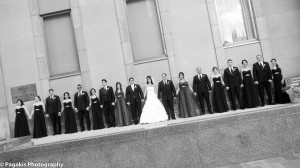
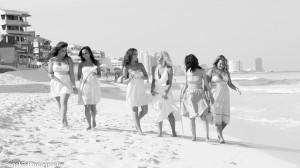
The level of wedding formality is the degree of decorum shown through all the procedures.
The size of the wedding party, the number of guests, the location, the decorations and services at the ceremony and reception, and everyone's attire will determine whether the wedding is formal, semiformal or informal.
There are infinite variations on formality, but the following chart provides some guidelines.
| ULTRA-FORMAL | FORMAL | SEMIFORMAL | INFORMAL | |
| Wedding party | 16 to 30 people | 10 to 22 people | 4 to 12 people | 2 to 4 people |
| Guests | 350 or more | 150 to 350 people | 100 to 150 people | Less than 50 |
| Bride's dress | Long, pearled, with a cathedral-length train and long veil | Long with a train and veil | Long, veil optional | Long evening gown |
| Formal wear | Tuxedo with tails and white tie | Tuxedo without white tie | Tuxedo or suit | Suit |
| Ceremony | After 6 p.m. | Late afternoon | Early afternoon | Morning or early afternoon |
| Meal | Sit-down dinner | Sit-down dinner or semi-buffet | Buffet or cocktail with hors-d'oeuvres and cake | Cocktail and cake |
| Decor | Elaborate and placed everywhere, floral arrangements, garlands of greens, candles, ribbons and tulle | Floral arrangements for the church with ribbons and bows for the pews, elaborate centrepieces and decorations for the bridal table and cocktail, gift and cake tables | Floral arrangements for the church and ribbons and bows for the pews, centrepieces and decorations for the bridal table and cocktail, gift and cake tables | Flowers for the wedding party |
| Music | Musicians for the ceremony, orchestra for the reception with dancing | Musicians for the ceremony Band for the reception with dancing | Organ or pre-recorded music for the ceremony DJ or pre-recorded music for the reception Dancing optional | Music optional No dancing |
| Favours | Silver picture frames Set of crystal candlesticks | Same objects but of lesser value Fancy chocolates | Candies wrapped in tulle Fancy chocolates | Optional |
If you are a young bride being married for the first time, you are likely to choose a long white or off-white bridal gown. Whether you decide on a train or a long veil depends on the formality of your wedding and your own tastes. If you are over 40, you may wear a long dress if you wish, but a pale pastel shade will be more becoming to your skin than white. Most mature brides do not wear a veil, and divorcées or widows should definitely not wear one. Pale colours are preferable to pure white, although white is acceptable with coloured trims and accessories. A bride in uniform may carry a bouquet.
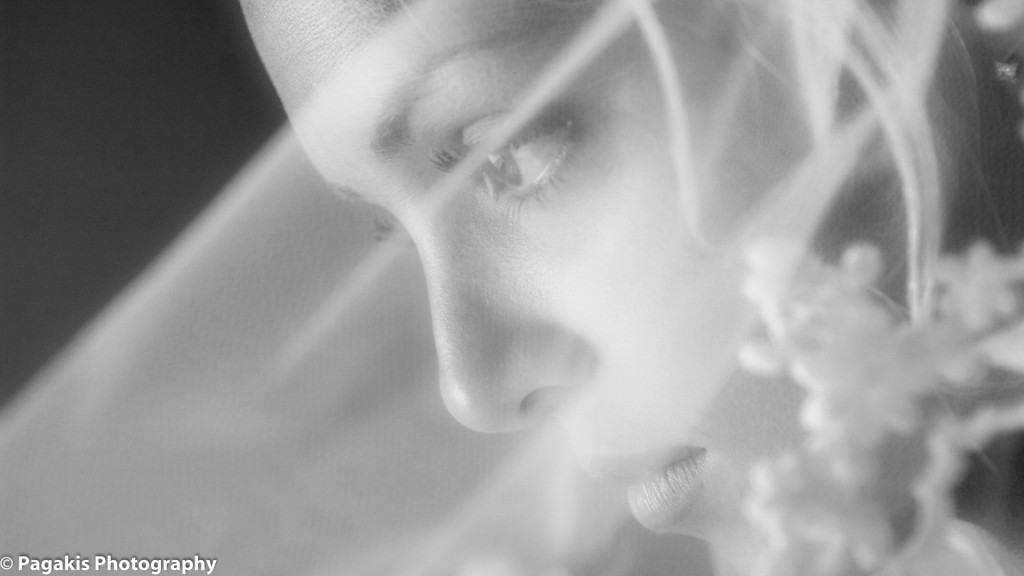
Gloves and accessories should reflect the formality and style of your gown. Prepare in advance what you will do with your gloves during the ring exchange. You can simply remove a short glove and pass it to your maid of honour. You can also unstitch the underseam of the left glove's ring finger so you can slip your finger out. Another alternative is to wear gauntlets, which leave the fingers exposed and may remain in place. Remove your gloves in the receiving line to shake hands. Also remove your gloves during dinner.
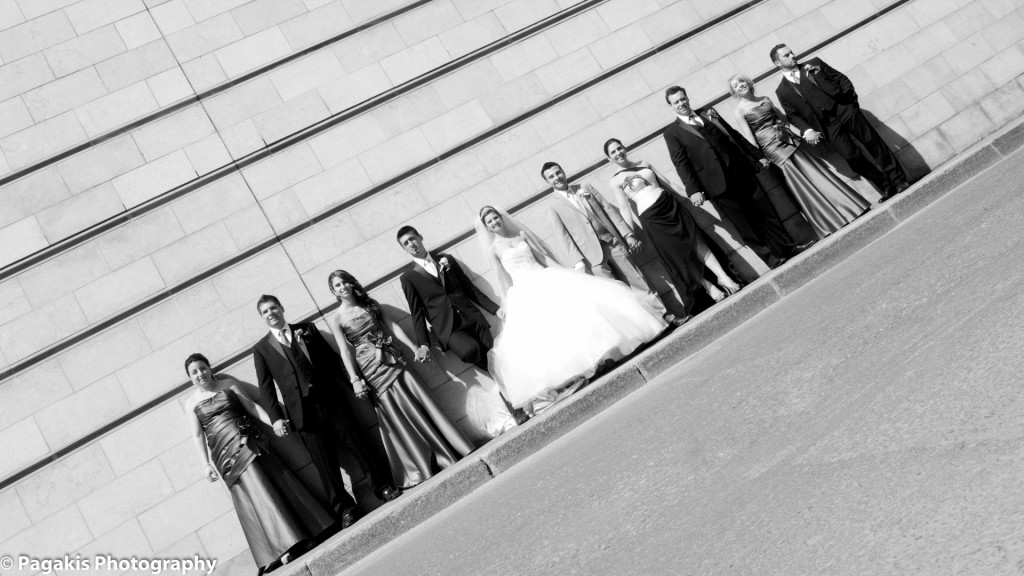
The bridesmaids' gowns should have the same degree of formality and theme as the wedding gown. Bridesmaids may wear white although this can detract from rather than enhance the effect of the bride. If they do wear white, choose dresses with coloured trims or add colourful flowers and accessories. Gloves are optional.
It is up to the mother of the bride to decide on the style and formality of her dress, although it is always courteous for her to discuss her thoughts with the mother of the groom before making a decision. As soon as she knows what she will wear, she should inform the groom's mother, who should choose a dress in a similar style for a more pleasant appearance on the receiving line. A stepmother should be informed too. Both mothers may wear the same colour, but not the same dress. A mourning mother should not wear black and choose a grey or lavender dress instead. Coats should be left in the vestibule of the church or synagogue.
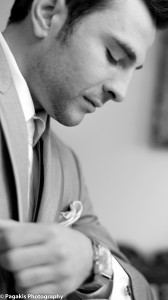

If the bride is wearing a bridal dress, a tuxedo will be essential for the groom. The determining factor when choosing the formal wear is the bride. The groom and his best man do not wear gloves during the ceremony because of possible awkwardness in handling the ring, but the ushers should wear them from start to finish. Men in military uniform do not wear a boutonniere.
The groom, his best man, the bride’s father and the ushers should all dress in the same style.
The groom's father will look good if he dresses in the same fashion as the other men, but he may also dress as the guests do.